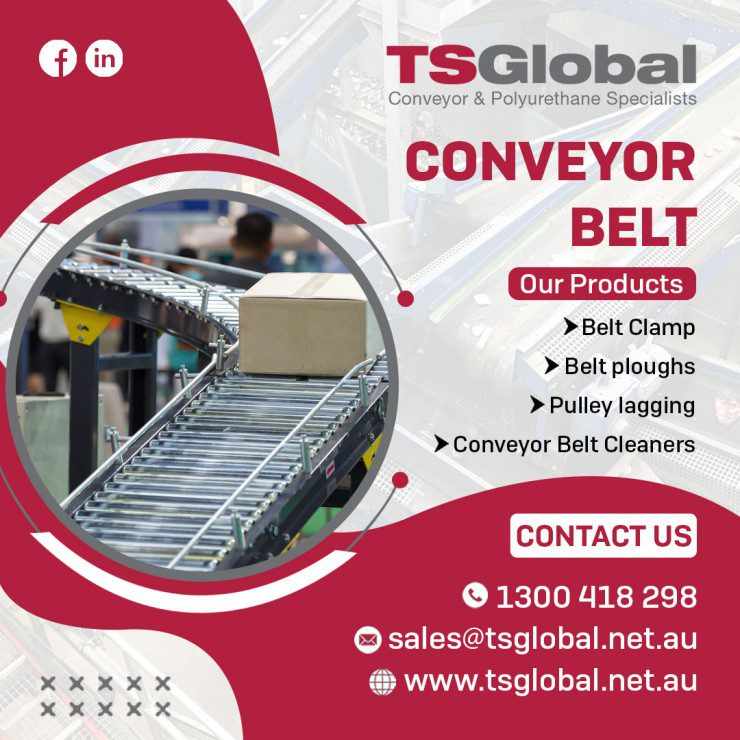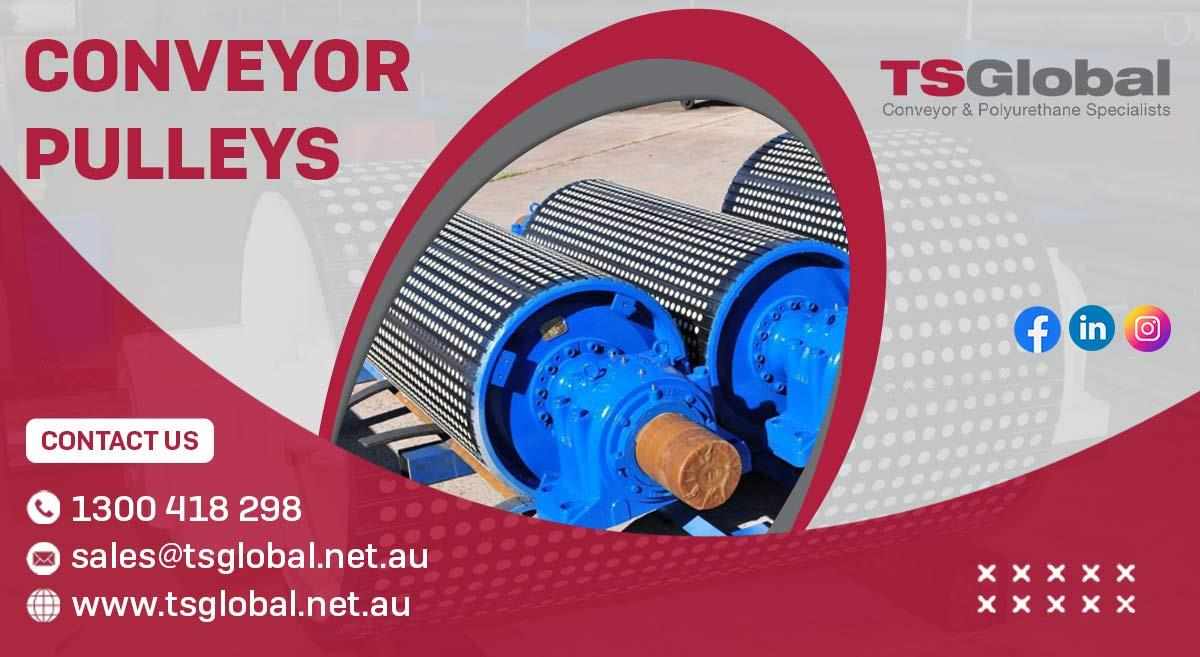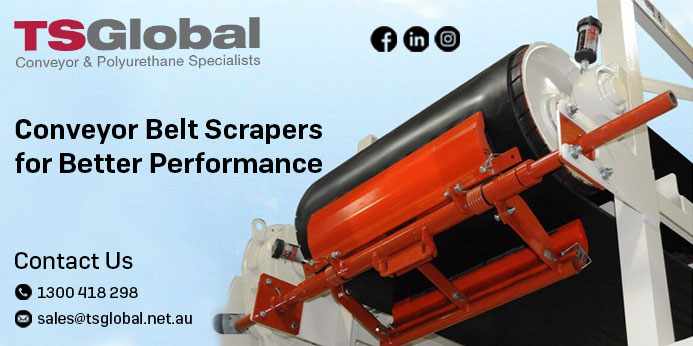
In today's fast-paced industrial landscape, efficiency is paramount. Companies across various sectors are continually seeking ways to optimize their operations and reduce costs. One of the most effective tools in achieving these goals is the conveyor belt. Often considered the backbone of material handling, conveyor belts play a vital role in enhancing productivity, improving safety, and streamlining workflows.
Understanding Conveyor Belts
Conveyor belts are continuous loops of material that transport goods from one location to another within a facility. Made from various materials, including rubber, fabric, and metal, these belts can be customized to suit specific applications. Their design can vary greatly depending on the industry, load type, and environmental conditions.
Enhancing Operational Efficiency
The primary advantage of conveyor belts, Conveyor Pulleys lies in their ability to automate the movement of goods. This automation significantly reduces the need for manual labor, allowing workers to focus on more complex tasks that require human intervention. In manufacturing plants, for example, conveyor belts can seamlessly transport components between workstations, facilitating an uninterrupted flow of production.
Consider the automotive industry, where conveyor belts are integral to assembly lines. Vehicles move down the line, stopping briefly at each station where workers perform specific tasks. This streamlined process not only speeds up production but also ensures consistency and quality. The result is a dramatic increase in output, helping companies meet growing consumer demands without sacrificing standards.
Improving Workplace Safety
Safety is a critical concern in any industrial setting. Conveyor belts contribute to a safer work environment by minimizing the need for manual handling of heavy materials, thereby reducing the risk of injuries. When workers are not required to lift, carry, or transport items manually, the incidence of strains, sprains, and other musculoskeletal injuries decreases significantly.
Additionally, modern conveyor systems come equipped with various safety features. Emergency stop buttons, guards, and sensors help prevent accidents, ensuring that operators can work confidently. Regular maintenance of conveyor belts further enhances safety, as it minimizes the chances of equipment failure that could lead to hazardous situations.
Flexibility and Customization
One of the key benefits of conveyor belts is their versatility. These systems can be tailored to meet specific operational needs. For instance, in the food industry, conveyor belts can be designed with materials that are easy to clean and comply with health regulations. In warehouses, belt systems can be configured to accommodate varying package sizes and weights, making them ideal for sorting and distribution tasks.
Moreover, conveyor belts can be inclined, declined, or configured in complex layouts, allowing businesses to optimize their use of space. This flexibility means that companies can adapt their material handling systems to changing demands, thereby enhancing overall productivity.
Cost-Effectiveness
While the initial investment in conveyor belt systems can be substantial, the long-term benefits often outweigh the costs. By automating material handling, companies can significantly reduce labor expenses. Additionally, increased efficiency leads to faster production times, allowing businesses to meet customer demands more quickly.
Furthermore, conveyor belts can help reduce material waste. For instance, in packaging and processing industries, precise handling of products minimizes the risk of damage during transportation. This not only protects the bottom line but also enhances customer satisfaction through consistent quality.
The Future of Conveyor Belt Technology
As technology advances, so does the design and functionality of conveyor belts. Innovations such as smart sensors, IoT integration, and automated monitoring systems are revolutionizing conveyor systems. These technologies allow for real-time tracking of materials, predictive maintenance, and enhanced control over operations.
Sustainability is also becoming a focus in conveyor belt design. Companies are exploring eco-friendly materials and energy-efficient systems to reduce their environmental impact. By embracing these advancements, businesses can further enhance efficiency while also addressing the growing demand for sustainable practices.
Conclusion
Conveyor belt are more than just mechanical systems; they are essential tools that unlock efficiency across various industries. By automating material handling, improving safety, offering customization, and providing cost-effective solutions, conveyor belts play a crucial role in modern manufacturing and logistics. As technology continues to evolve, the potential for conveyor belts to enhance operational efficiency will only increase. For businesses looking to remain competitive in a rapidly changing market, investing in reliable conveyor systems is a strategic move toward achieving sustainable growth and success.

















.jpeg)


Write a comment ...